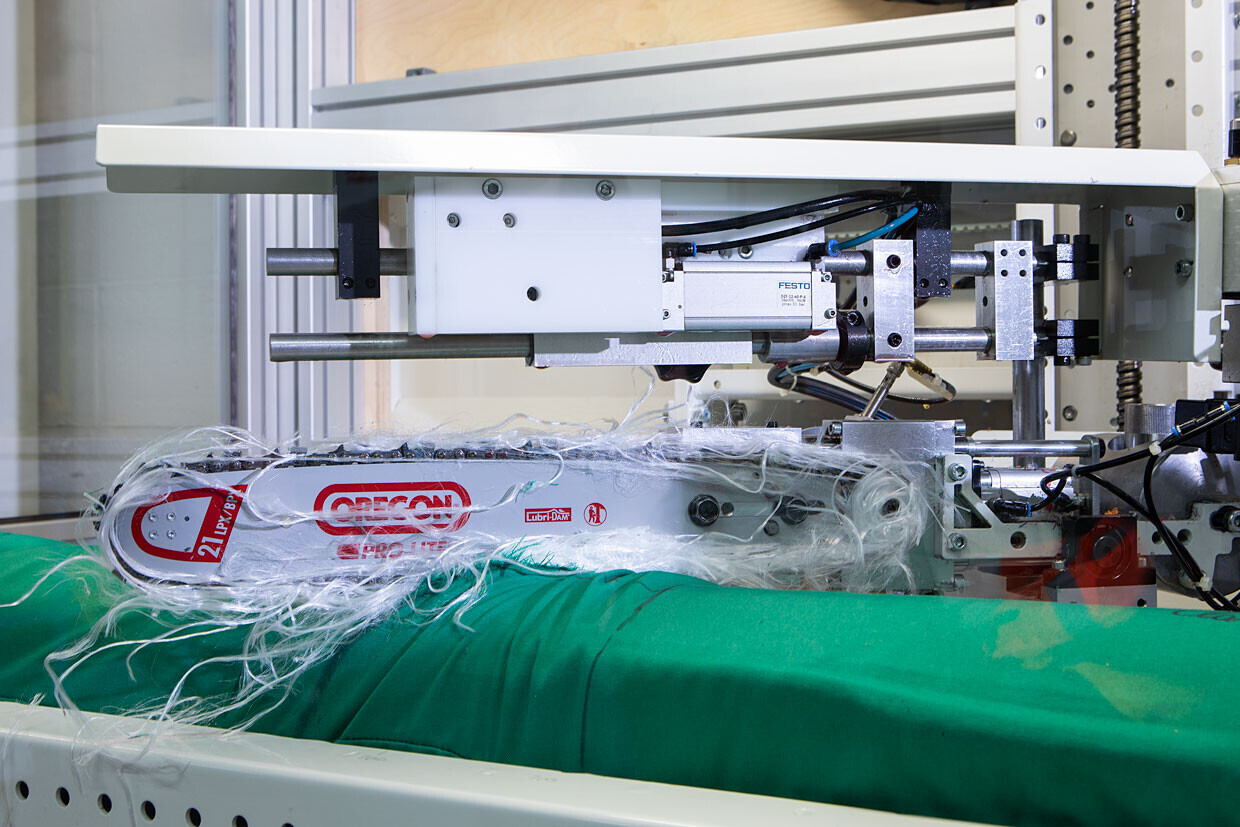Sioen maintains impressive labs where products are tested for every kind of resistance relevant to their particular use: rain, wind, tear strength, UV-resistance, abrasion, ageing, crack resistance, flash fire, bullet and stab protection. While final testing to obtain certificates often has to be done by certified agencies, every item is first tested in-house. Our laboratories measure up to the best in the world.





